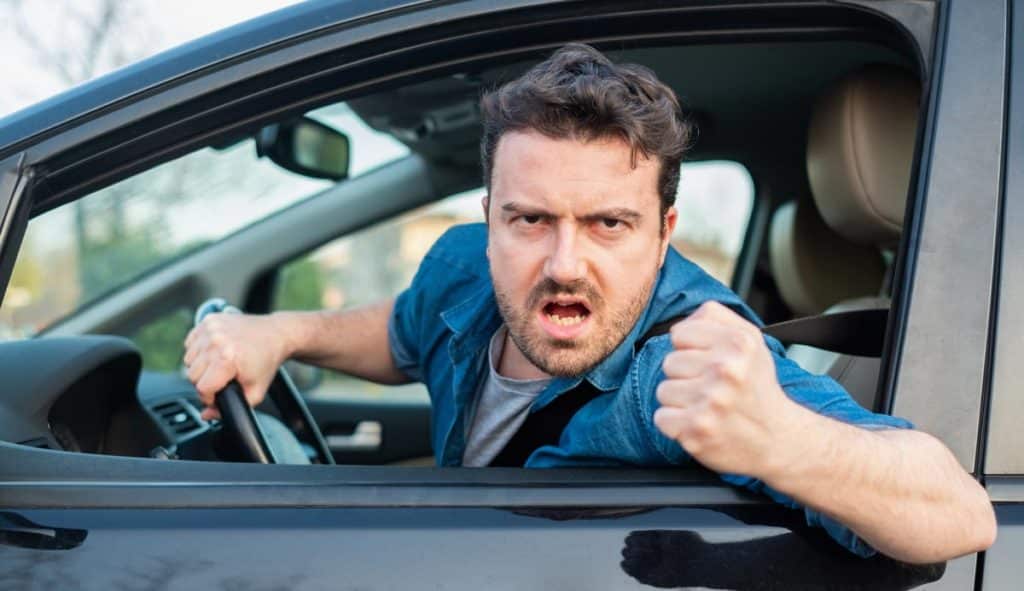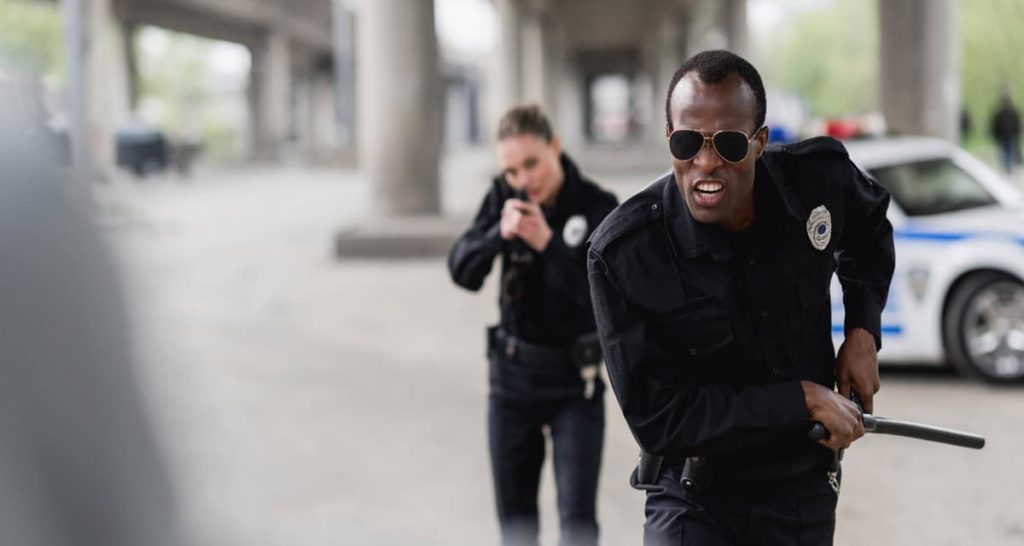Recent events have left most of California with a bad case of cabin fever. Going outside for a run is more tempting than ever now that summer’s here. Throughout the Bay Area, people are lacing up their shoes and hitting the pavement.
However, while running is one of the safest activities available when it comes to the pandemic, it still has its dangers. Runners share their space with cyclists, other pedestrians, and motor vehicles of all sorts. That can lead to a nasty accident unless everyone is being careful. While it’s impossible to control the actions of everyone else, you can control the risk by following some basic running safety guidelines.
Plan Your Route in Advance
Some roads and trails are more dangerous than others. Whether you’re walking, running, or biking, it’s smart to plan out your route before you go. This will help you avoid road closures, busy intersections, or having to run on the street.
Planning your route in advance has another benefit. If you get in an accident when running, it can be hard to get in contact with your family and friends afterwards. When you plan your route ahead of time, you can let someone know where you’re going and when. If you’re not back in a reasonable amount of time, your contact person will be able to check up and make sure you’re okay.
Stay Aware of Your Surroundings
If you’re following traffic laws, it’s rare that you as a runner will be considered at fault for an accident. However, that doesn’t mean you should be careless. It’s important to remain alert and pay attention to your surroundings when you’re on a run. There are several ways you can help keep yourself alert when you’re on a run
- Keep one ear open. Headphones and earbuds can be a serious problem for runners. They make you less likely to hear things like car horns, bicycle bells, and verbal warnings from other pedestrians. They also prevent you from hearing things like cars coming up behind you. If you need your music when you’re on a run, either play it on a portable speaker or only use one earbud at a time.
- Double check for traffic at intersections. Just because oncoming traffic has a red light doesn’t mean cars will always stop. Similarly, a flashing blinker isn’t a guarantee that a car will turn. Before crossing the street, make sure that cars are actually stopping or turning. If you get hit when following the lights at an intersection, it’s not your fault, but you’re still the one injured.
- Practice situational awareness. Remaining aware of your surroundings is a valuable life skill. It’s even more important for runners. When you’re on a run, avoid deserted areas, dark alleys, and parked cars. Pay attention if vehicles seem to be following you or behaving erratically. Avoiding a dangerous situation can be as simple as stepping into a shop when something feels off.
Wear Bright Colors
There are plenty of drivers who simply don’t pay much attention. Whether they’re on their phone, changing the radio station, or simply daydreaming, they aren’t focused on the road. These distracted drivers are some of the most dangerous people on the road, in part because there are so many of them.
While there is little you can do to make these people pay attention in general, you can help them notice you specifically. Wearing bright, eye-catching colors is important for your safety. Neon colors and reflective materials catch the eye and help even the most distracted river notice you. That helps keep them away from you and leaves you safer.
Run When It’s Sunny
Bright colors and reflective materials only work when there’s light, of course. Running at night leaves you difficult to see no matter what. If a driver doesn’t have their headlights on, the flashiest silver reflectors won’t do any good. Running during the day allows you to use the sun to your advantage.
The same dangers hold if you’re running in the rain. Even during daylight, rain leads to reflections that make you harder to see. Plus, wet conditions make it harder for drivers to stop if they do notice you.
Running when it’s dim out carries another risk as well: sleepy drivers. Driving while drowsy is a serious problem in the US. Drivers who are sleepy can’t focus as well, and may even nod off at the wheel. By running during the day, you reduce your risk of running into someone asleep at the wheel.
Stay on Sidewalks and Trails Where Possible
Running in the road is often the only choice you have on some routes. However, it’s also quite dangerous. Sidewalks and trails keep you out of the way of motor vehicles and drivers who might not expect you.
If you do have to run on the road, run against traffic. By running on the left side of the road, it’s easier to see the cars that will be passing you. You don’t have to rely as much on your ears to let you know when I car is coming, so getting out of the way becomes simpler.
Run with a Partner
If you can, the safest way to run is to go with a partner. Two sets of eyes and ears can catch more potential issues than one. Everything from accidents to potential assaults are less likely to occur to pairs and larger groups of runners.
Even if something does happen, having a running partner will help mitigate the consequences. They can take down license plate numbers, call 911, or just help you get home if you twist your ankle. There’s safety in numbers, and running is no exception to that rule.
Running is an important hobby for staying healthy and getting some fresh air. Just like every type of exercise, though, it’s important to do it safely. By following some commonsense safety guidelines, you can minimize the risks of running outdoors and avoid unnecessary accidents.





